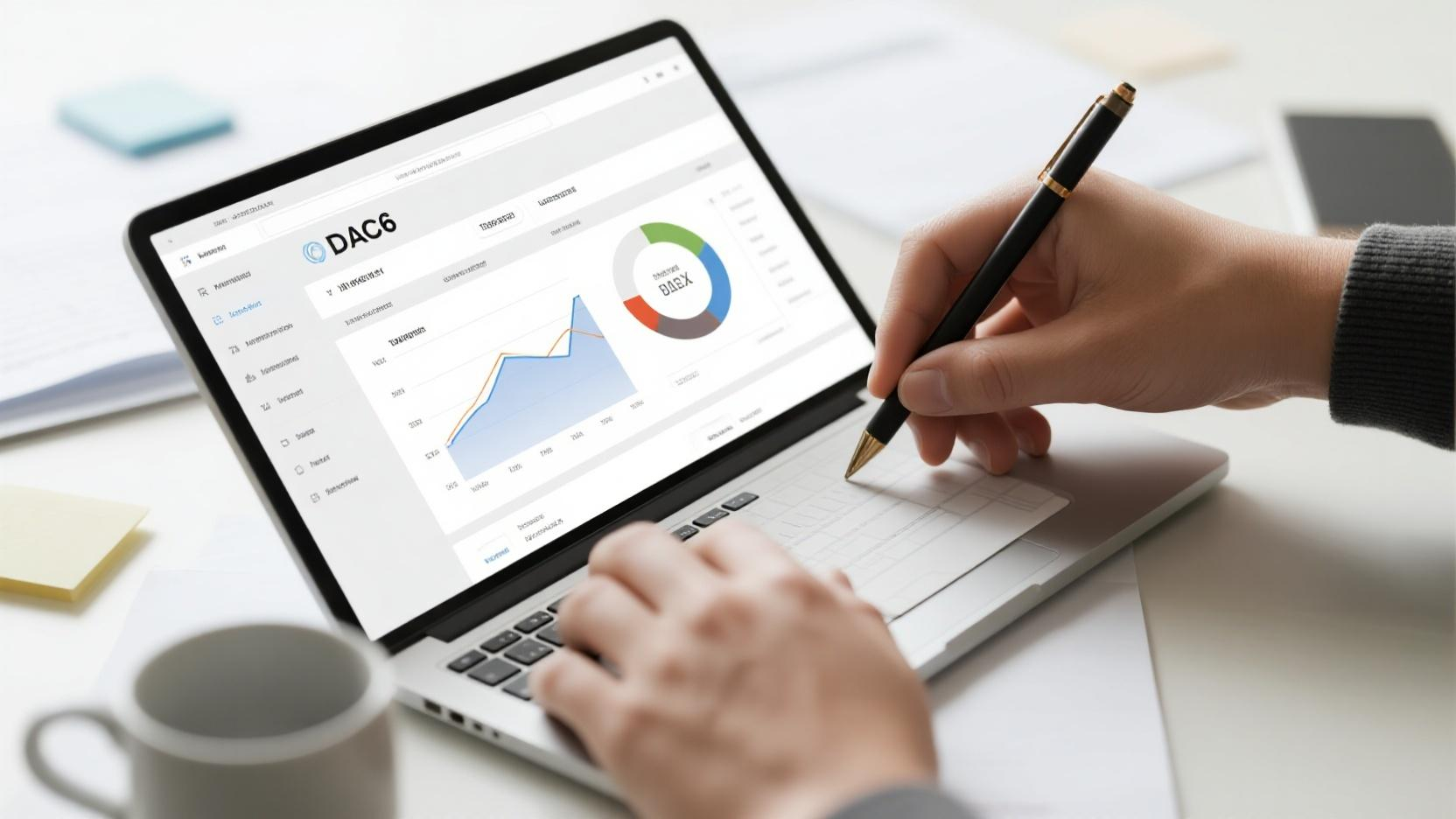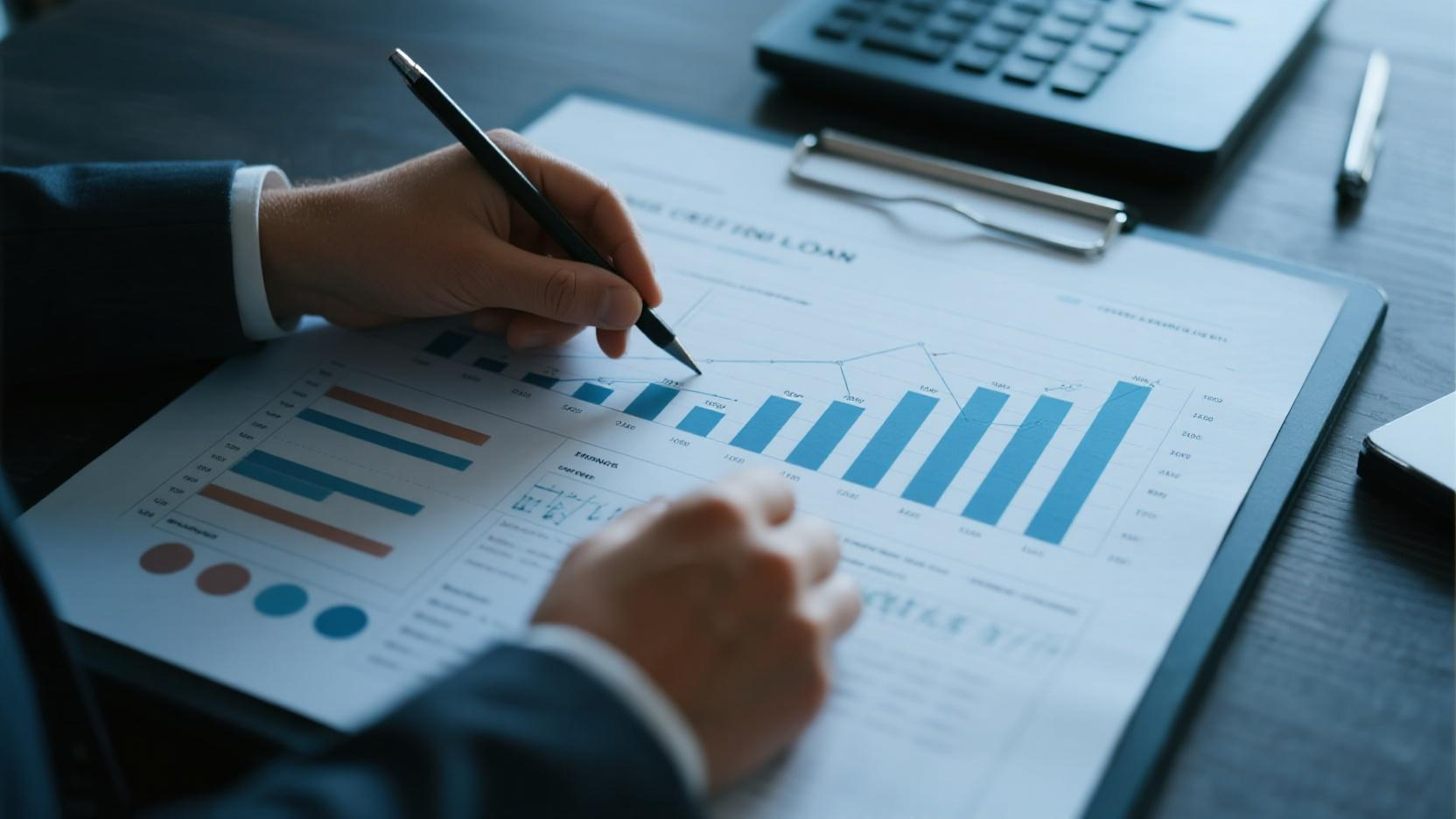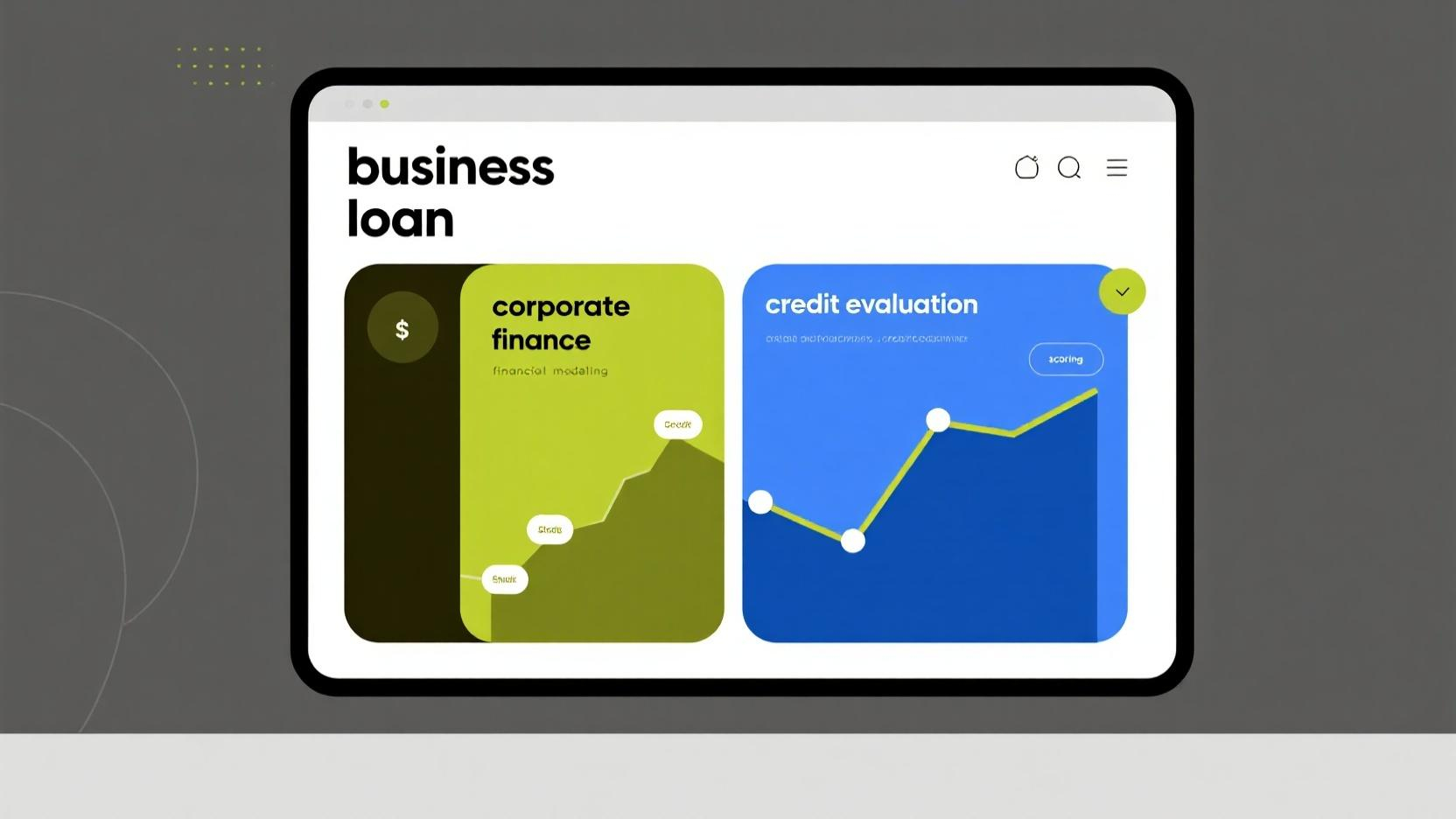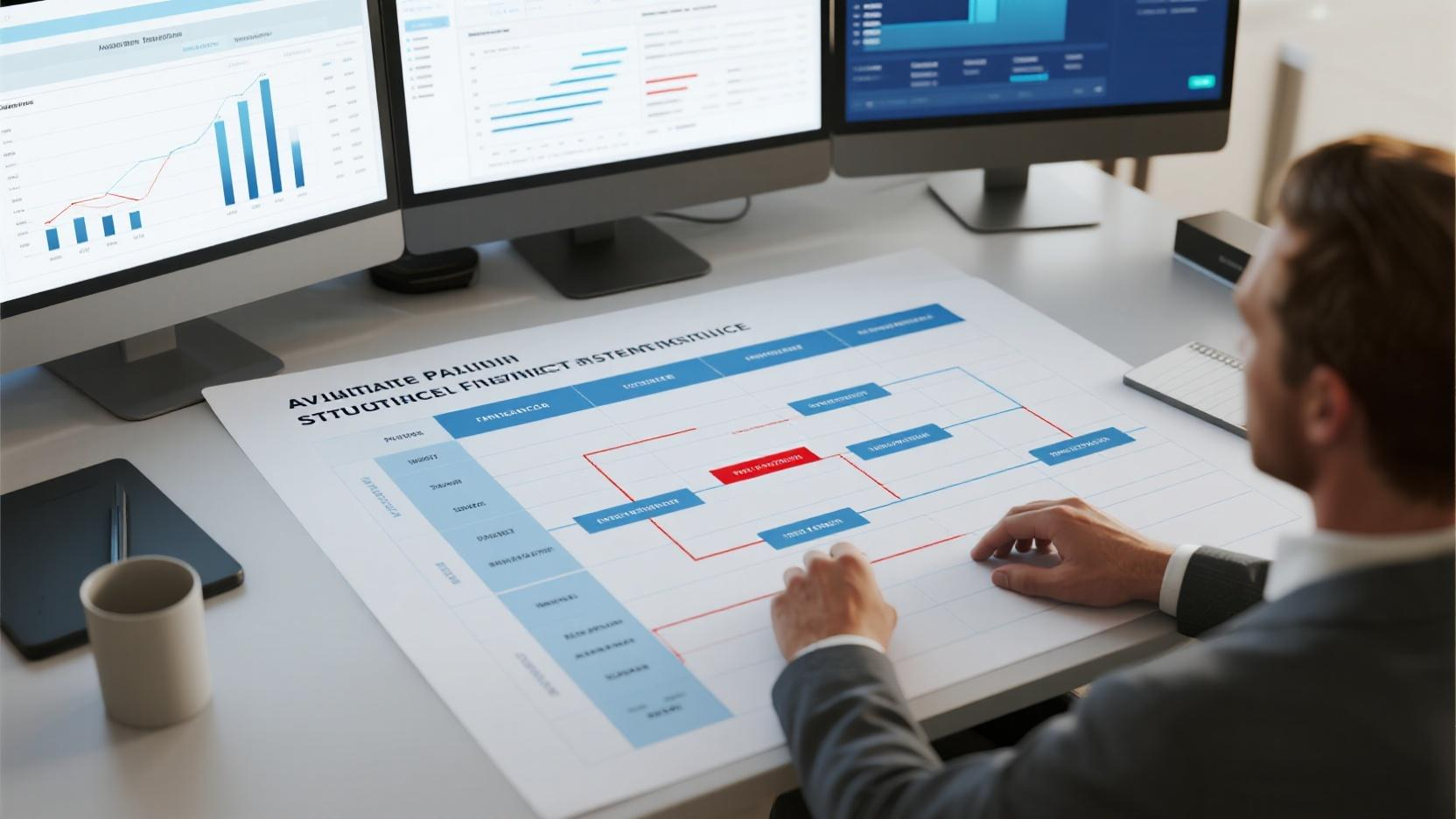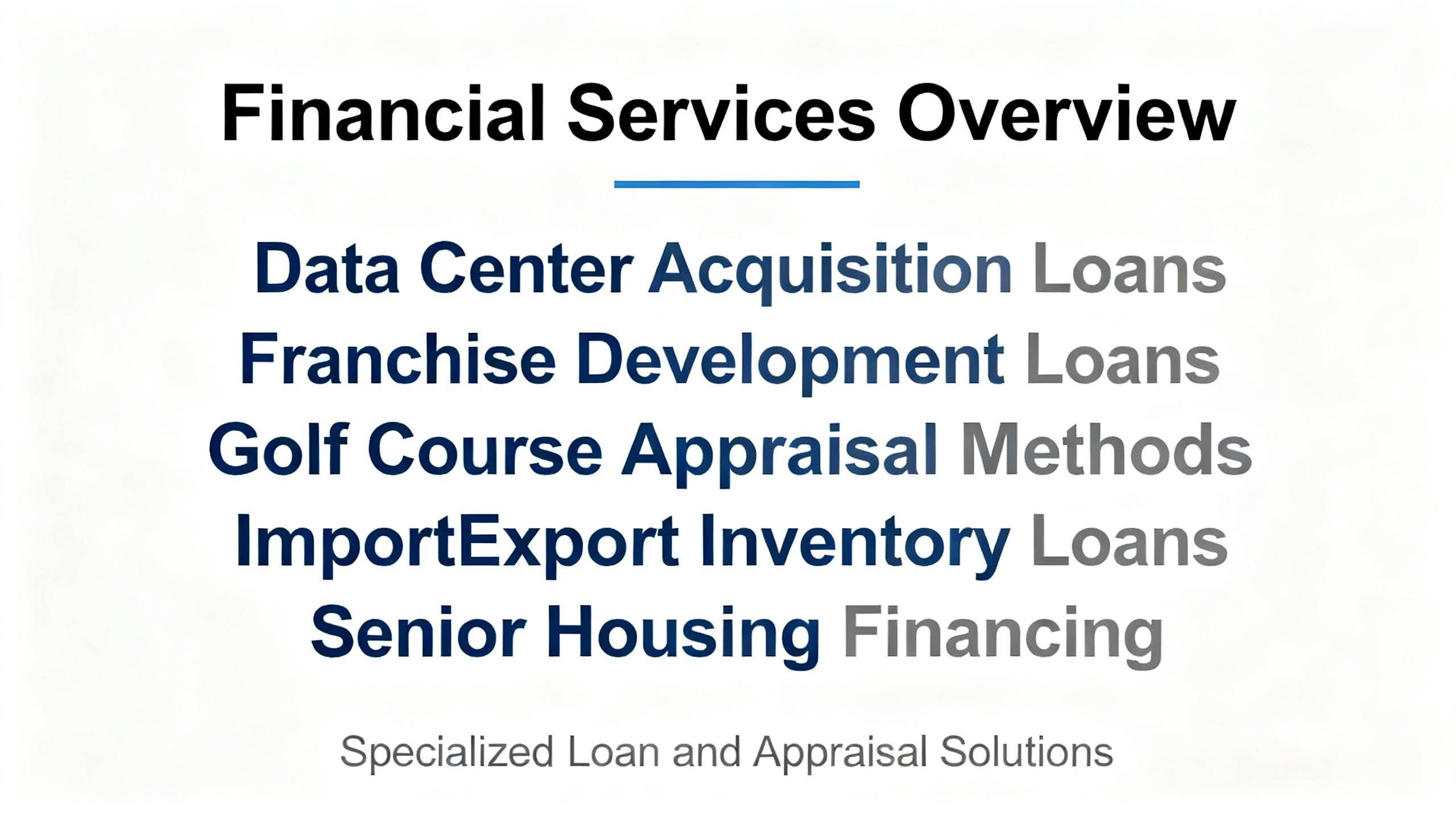Image Source: pexels
An Analysis of Credit Evaluation Models for Business Loans reveals their crucial role in the lending process. These models assist lenders in assessing whether borrowers are capable of repaying loans, thereby reducing the risk of defaults. By streamlining the evaluation process, they enhance efficiency and fairness. Additionally, these tools empower lenders to make informed decisions free from bias.
Ultimately, An Analysis of Credit Evaluation Models for Business Loans fosters trust between lenders and borrowers, ensuring equitable treatment and improving overall operational effectiveness.
Key Takeaways
- Credit evaluation models help lenders check if borrowers can repay loans. This lowers the chance of unpaid loans and ensures fair treatment.
- New models use smart technology and many data sources. This makes them more accurate and helps more people get loans.
- Knowing important things like how likely someone is to not pay (PD) and how much money might be lost (LGD) helps lenders decide wisely and handle risks better.
Understanding Credit Evaluation Models
Definition and Purpose
Credit evaluation models help check if businesses can repay loans. They look at financial records and credit history to predict repayment chances. These tools create a clear system for deciding on loans. This makes it fair when approving or denying credit. They also help lenders use their resources wisely by spotting reliable borrowers.
These models make tough decisions easier, improving the loan process.
Importance in Business Lending
Credit evaluation models are very important for business loans. They lower the chance of unpaid loans by showing a borrower’s financial health. Lenders use them to decide loan limits and terms. Using the same rules for everyone ensures fairness and honesty. These models also save time, letting lenders focus on good borrowers.
Evolution from Traditional to Modern Approaches
Credit evaluation models have changed a lot over time. Older models used fixed data like payment history and credit use. They worked but missed other useful information. Newer models use smart technology to study large amounts of data. They include things like social media and utility bills for better checks. This change helps more people get loans and makes lending fairer.
Moving from old to new models shows how innovation improves loan checks.
Types of Credit Evaluation Models
Image Source: pexels
Credit Scoring Models
Credit scoring models are common tools for business loans. They give borrowers a number score based on credit health. Lenders use these scores to decide quickly and fairly. Two well-known credit scoring models are:
| Credit Scoring Model | Description |
|---|---|
| FICO Score | A popular U.S. model (300-850), checking payment history and credit use. |
| VantageScore | A newer model (300-850) by credit bureaus, with different factor weights. |
These models make it simple for lenders to check risks and approve loans fast.
Behavioral Models
Behavioral models study how borrowers handled money in the past. They look at payment habits, debts, and credit use. By seeing patterns, lenders guess how borrowers might act later.
| Aspect | Behavioral Models |
|---|---|
| Definition | Study past money habits like payments, debts, and credit use. |
| Significance | Help lenders guess future actions based on past behavior. |
These models give useful details, helping lenders avoid unpaid loans.
Predictive Models
Predictive models use smart tech like AI to check credit. They study big data, including new types of info, for better results. Benefits of predictive models include:
- Better accuracy by using more data types.
- Less bias by relying on data, not opinions.
- Faster checks for quicker loan decisions.
- Safer lending by spotting risky borrowers.
- Helping people with little credit history get loans.
These models mix speed, fairness, and accuracy to improve lending.
Expert Judgment Models
Expert judgment models depend on credit experts’ skills and instincts. They mix facts like industry trends with borrower reputation. These models are useful when data is missing or unusual. Lenders often pair them with automated tools for balanced decisions.
Application-Based Models
Application-based models review details from loan applications. They check income, job history, and loan purpose. These models help lenders see if borrowers meet their rules. By focusing on each application, they ensure fair and clear decisions.
An Analysis of Credit Evaluation Models for Business Loans shows how these models build strong lending systems. Each model helps lenders manage risks and support borrowers.
How Credit Evaluation Models Work
Traditional Techniques: Financial Statement Analysis
Looking at financial statements is an old credit check method. Lenders study balance sheets, income reports, and cash flow. This shows if a business is doing well or struggling. Important things like profits, debts, and cash on hand are checked. For example, too much debt can mean trouble, but steady income growth is good. These details help lenders decide on loans. However, this method misses non-financial details, making it less useful today.
Probabilistic Models for Risk Assessment
Probabilistic models guess if someone might not repay a loan. They use numbers like the Probability of Default (PD) to measure risk. Some things that raise PD are:
- Bankruptcy: If someone declares bankruptcy, they can’t pay debts.
- Missed Payments: Late payments over 90 days increase risk.
Lenders collect data from forms and credit reports. They score this data and compare it to past trends. This creates a risk score to spot safe or risky borrowers. These models make checking risks faster and easier for lenders.
Machine Learning and AI in Credit Evaluation
Machine learning has made credit checks smarter and fairer. It studies big data, like utility bills, to see if someone can repay. It also shows how fair and accurate the system is. People without credit history can now get loans more easily. This technology makes lending faster and fair for everyone.
Integrating Quantitative and Qualitative Data
Modern credit checks mix numbers with other important details. Numbers like profits and debts are combined with things like industry trends. For example, a company making money but in a failing industry might still be risky. By using both facts and context, lenders make better choices. This mix of old and new methods improves credit checks.
Key Factors Influencing Credit Evaluation
Image Source: unsplash
Probability of Default (PD)
Probability of Default (PD) shows how likely a borrower won’t repay. Lenders use PD to check loan risks. A high PD means more chance of default. This may lead to loan rejection or stricter terms. PD depends on credit history, financial health, and industry trends. By studying these, lenders make better choices and avoid losses.
PD is key in credit checks, helping lenders reduce risks.
Loss Given Default (LGD)
Loss Given Default (LGD) shows how much money a lender might lose. It measures the part of the loan that won’t be recovered. LGD is calculated using this formula:
- LGD (in dollars) = Exposure at Default (EAD) * (1 – Recovery Rate)
Or as a percentage: - LGD (as percentage) = 1 – (Potential Sale Proceeds / Outstanding Debt)
The first formula is safer and used more often. Knowing LGD helps lenders prepare for possible losses.
Exposure at Default (EAD)
Exposure at Default (EAD) is the total money a lender risks losing. It includes unpaid debt and extra credit used before default. EAD helps lenders figure out expected losses and needed reserves. By estimating EAD well, lenders stay financially safe and follow rules.
External Economic and Industry Trends
The economy and industry trends affect credit checks a lot. A strong economy helps borrowers repay loans. A weak economy raises default risks. Industry changes, like new tech or rules, also affect businesses. Lenders must watch these trends to improve their credit checks and stay competitive.
Watching economic and industry trends helps lenders make smart choices.
Challenges and Limitations of Credit Evaluation Models
Data Quality and Accessibility
Credit models need good and complete data to work well. But, small businesses or startups often have poor records. Old or missing data can cause wrong decisions. Some areas lack access to digital financial tools. This makes it hard to check if businesses can repay loans. Better data collection and access can improve these models a lot.
Over-Reliance on Historical Data
Using only past data can make credit models less useful. They think past actions will predict the future. This fails during big changes like economic crises. Old data doesn’t show new problems or events. For example, a strong business in good times may fail in a recession. Adding real-time data can fix this problem.
Algorithmic Bias and Fairness
Bias in automated credit models is a big issue. These models can unfairly treat some groups without meaning to. Problems include:
- Repeating unfair patterns in credit decisions.
- Not showing how decisions are made.
- Making it hard to treat everyone equally.
To fix this, lenders should check their systems often. They should also make sure the process is fair and clear. Explaining decisions helps borrowers trust the system.
Balancing Automation with Human Expertise
Automation makes work faster but can’t replace people fully. A mix of both works best. Lenders should:
- Decide what machines can do and what needs people.
- Train workers to work with automated tools.
- Let people handle tasks needing judgment.
- Check automated systems to ensure they work well.
Involving workers in these changes reduces pushback. It also keeps customers happy. Mixing automation with human skills makes better credit checks.
Credit evaluation models are very important for business loans. They help lenders check risks, ensure fairness, and decide faster. Picking the right model is key to managing loan risks well. Rules like Basel III require strong systems for credit checks. New tools like AI and predictive tech make checks better and quicker. These tools help lenders make smarter and safer choices.
Using these new methods builds trust, lowers unpaid loans, and supports steady growth.
FAQ
Why are credit evaluation models useful?
These models help lenders decide faster and more fairly. They lower risks and build trust between lenders and borrowers.
Tip: Picking the right model helps manage loans better and avoid defaults.
Do small businesses gain from these models?
Yes, small businesses get fairer checks. New models use extra data to help those with little credit history get loans.
How do predictive models make lending better?
Predictive models use AI to study big data fast. They find risks and chances quickly, making lending safer and easier.
Note: Predictive models cut bias, making credit decisions fairer.

